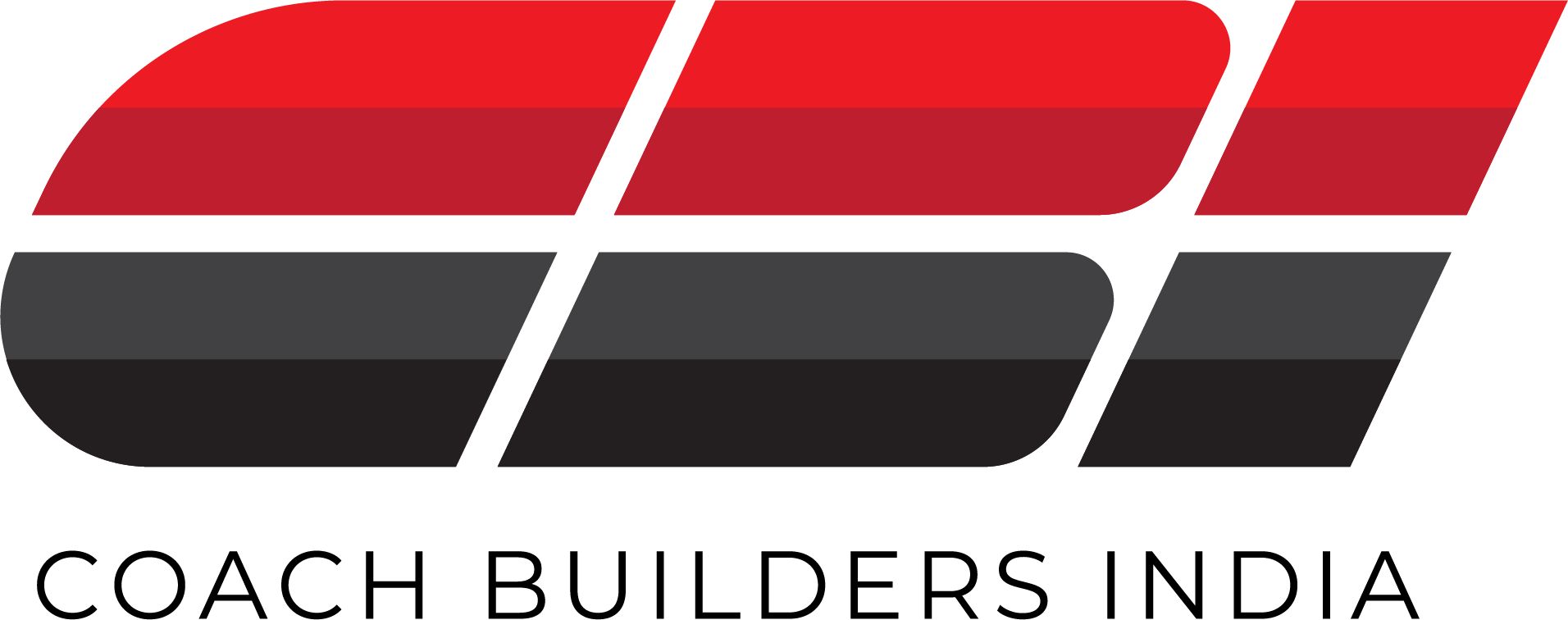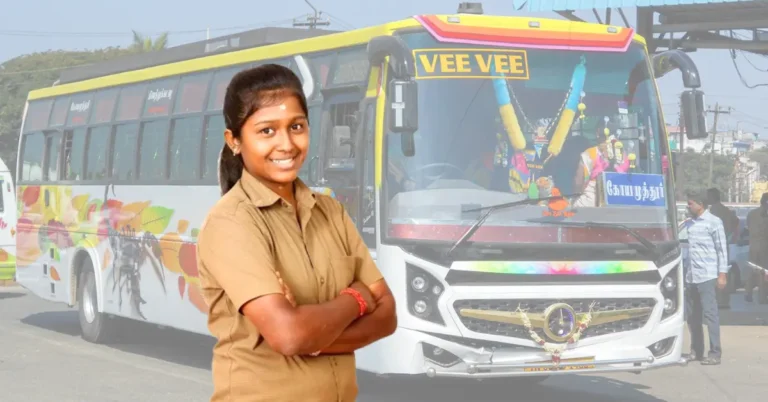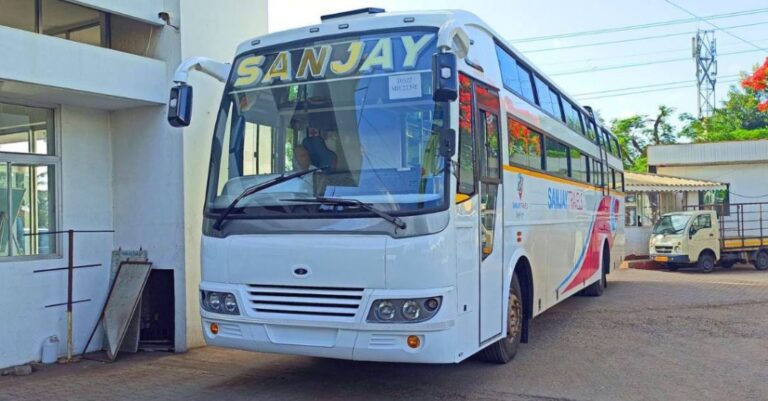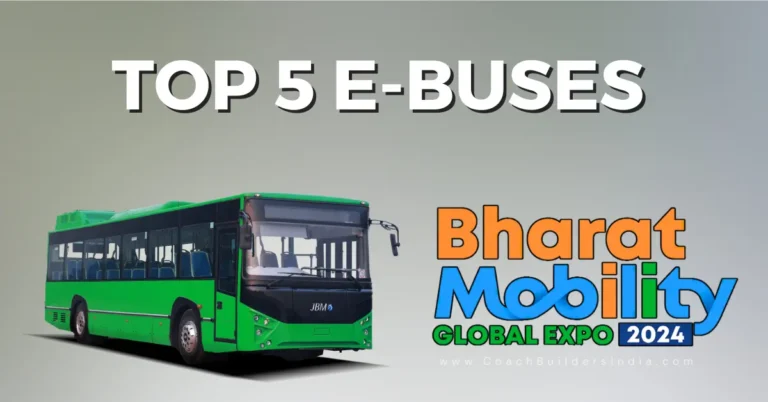10 Ways to Increase Bus Mileage
Are you a bus fleet owner? This comprehensive guide will help you increase bus mileage and enhance the efficiency of your fleet.

In today’s dynamic transportation landscape, rising fuel costs have become a formidable challenge for bus operators worldwide.
With every surge in diesel prices, profit margins come down, and operational costs increase.
One of the most effective strategies to counter these escalating costs is to focus on achieving optimal mileage from your bus.
By increasing bus mileage, operators can realize substantial savings on each trip and bolster their bottom line.
But it’s not just about the immediate financial gains!
Implementing practices to increase bus mileage also extends a benevolent hand to the very heart of your operations – the bus engine.
By adopting these proven techniques, you’re not only cutting costs but also ensuring the longevity and health of your bus fleet.
How to Increase Bus Mileage?
In this comprehensive guide on how to increase bus mileage, we’ll unveil a range of actionable strategies that go beyond conventional wisdom. From smart route planning to embracing new technologies like cruise control, each method is designed to bring about tangible results.
Read on to start your journey towards a more sustainable, profitable, and environmentally-conscious future for your bus operations.
1. Regular Maintenance
This is probably the most important aspect of increasing bus mileage. A well-tuned engine is the kernel of optimal fuel economy.
Regularly servicing the bus, including engine tune-ups, oil changes, and air filter replacements, can improve fuel efficiency by up to 40%.
2. Proper Tire Inflation
Keeping tires properly inflated is vital to increase bus mileage. Underinflated tires increase rolling resistance, leading to higher fuel consumption.
According to the United States Department of Energy (DOE), every 1 psi drop in tire pressure can decrease fuel economy by 0.3%.
Regularly check and inflate the tires to the recommended pressure.
3. Reduce Idle Time
Excessive idling is a major contributor to fuel wastage. We understand that buses need more idling than cars like during pre-trip engine warm-up, but you will have to understand that the longer the idling time, the more the fuel consumption.
Encourage drivers to turn off the engine during extended stops, such as waiting at traffic lights or during breaks. For every hour of idle time, up to 4 liters of diesel can be saved.
Also Read: The 10 Best Electric Buses in India With Range
4. Optimal Acceleration and Deceleration
Encourage your drivers to accelerate and decelerate smoothly and gradually. Aggressive driving, such as quick acceleration and abrupt braking, can significantly decrease fuel economy by up to 33% on highways and 5% in city driving.
5. Implement Speed Limits
Speeding not only poses safety risks but also reduces fuel efficiency. Studies show that driving at 80 – 100 kmph can increase bus mileage by up to 17%.
Enforce and educate drivers about maintaining reasonable speed limits.
6. Opt for a Bus Body with Reduced Aerodynamic Drag & Weight
The bus body plays a crucial role in determining a bus’ overall mileage.
The design, materials, and construction of the bus body all impact its weight, aerodynamics, and overall efficiency.
A well-designed and lightweight bus body can contribute significantly to improved fuel efficiency.
It reduces the energy required to move the bus, especially during acceleration and climbing hills.
Additionally, efficient aerodynamics in the bus body design can help reduce air resistance, further enhancing mileage.
“Optimizing the bus body for weight and aerodynamics is probably the most essential aspect of achieving better fuel efficiency in buses. Careful material selection, efficient structural design, and lightweight component choices are key. This enhances fuel efficiency and safety without sacrificing passenger comfort,” says Gireesha Prabhu, Head of Product Development & Technology at the MG Group.
“At MG Bus & Coach, we even streamline the exterior to reduce air resistance. Our approach not only benefits performance but also extends vehicle lifespan and lowers maintenance costs,” he adds.
You may want to check this out if you are looking for good bus body builders in India.
7. Utilize Cruise Control for Buses
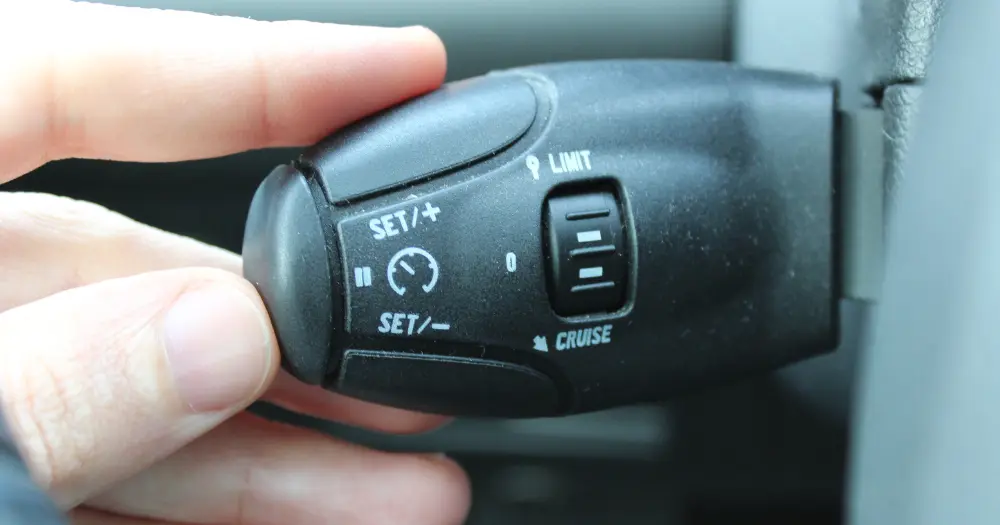
Most modern buses have a cruise control feature that you should encourage your drivers to use.
Especially when it comes to highways, cruise control is an important feature that can help to boost fuel efficiency.
Cruise control helps improve fuel efficiency by maintaining a consistent speed on the highway, preventing unnecessary acceleration and deceleration.
This eliminates the inefficiencies associated with human driving habits, such as fluctuating speeds.
By keeping a steady pace, cruise control allows the engine to operate at its most fuel-efficient RPM range, resulting in reduced fuel consumption over long distances.
If you have an older bus you can opt for aftermarket cruise control systems as well.
These systems are designed to be retrofitted onto existing vehicles, allowing them to benefit from cruise control functionality.
Also Read: List of Made in India Hydrogen Buses Empowering Sustainable Mobility
8. Bus Route Planning and Optimization
Efficient route planning can reduce fuel consumption by minimizing distance and congestion.
Utilize GPS and traffic management systems to identify the most fuel-efficient routes, avoiding heavy traffic areas and unnecessary detours.
9. Bus Driver Training and Education
By now you have probably understood that a major part of increasing the fuel efficiency of your bus depends upon the driver of the bus.
Hence, providing drivers with training programs focused on fuel-efficient driving techniques can have a significant impact on bus mileage.
Teach drivers about the importance of smooth acceleration, maintaining a steady speed, and using engine braking whenever possible.
10. Use High-Grade Fuel From Reputed Fuel Pumps
This might come as a no-brainer, but its importance cannot be overstated.
Many times, bus operators choose fuel pumps based on the discount they offer, but it’s crucial to also consider the quality and grade of the fuel provided.
High-grade diesel helps maintain engine cleanliness and performance, leading to better mileage.
This ensures that your fleet operates at peak efficiency, minimizing maintenance costs and maximizing overall performance.
Read: Video of Prakash Bus Body Builders’ shoddy paint quality goes viral
Bonus Tip: A Retarder Can Help Increase Bus Mileage
If you are still unaware, a retarder not only improves the fuel efficiency of a bus but also extends the life of the brakes and clutch plate.
Let’s take the following example to understand this better.
Imagine a bus cruising at 100 kmph and needing to slow down to cross a barricade.
The driver of the bus would use the brakes to slow down the bus, cross the barricade, pull the bus to a lower gear and accelerate back to 100 kmph again.
When the bus accelerates back to its original speed, the engine has to work harder to get the bus moving again. This leads to increased fuel consumption.
Also, during the braking process, the friction generated during braking can lead to wear and tear on the brake pads.
A retarder, on the other hand, slows down the engine by creating resistance in the drivetrain. When engaged, it essentially turns the engine into a generator.
This generates an opposing force, which counteracts the bus’s momentum and slows it down.
In the process, the retarder also converts some of this momentum back into useful energy. By doing so, it helps maintain the bus’s forward motion, which can improve fuel efficiency over time.
Solomon Dinakaran, Owner of Tamil Nadu-based Cee Jay Trans, shared insights on the matter, highlighting that retarders can enhance fuel efficiency by up to 0.5 kilometers per liter.
For instance, if a standard bus provides 3 kilometers per liter, a bus equipped with a retarder could potentially achieve 3.5 or even up to 4 kilometers per liter.
Conclusion
Implementing these ten strategies can yield substantial fuel economy improvements for bus operations, saving costs and reducing the environmental footprint.
Regular maintenance, efficient driving practices, and exploring alternative technologies are key factors for the sustainable operation of bus fleets.
Also Read: Long Weekend Travel Trends by Bus: Abhibus Insights 2024
Bus Mileage – All Your Questions Answered
What is the mileage of a bus?
Bus mileage is influenced by a plethora of factors, with key determinants being the bus size, payload, engine capacity, driving behavior, and maintenance practices.
In an ideal scenario, a 12-meter AC bus typically achieves a fuel mileage ranging from 4 to 4.5 kilometers per liter of diesel.
A non-AC 12-meter bus tends to offer slightly better mileage, averaging around 4.8 to 5 kilometers per liter of diesel.
Tushar Sood, owner of Deep Travels in Assam, shares insights into bus mileage, noting, “We typically achieve an average of 3.8 kilometers across our fleet of buses.”
What is the mileage of 55 seater bus?
Ideally, a 55-seater AC bus will return a mileage of 4 – 4.5 kilometers per liter of diesel. A non-AC variant should at least show around 4.8 – 5 kilometers per liter of diesel.
What is the mileage of a Bharat Benz 12-meter bus?
A Bharat Benz sleeper bus, such as the 1623 model, typically achieves a mileage of approximately 3.8 to 4 kilometers per liter of diesel.
What is the mileage of a sleeper bus?
Under optimal conditions, a 12-meter sleeper bus with AC typically achieves a fuel mileage ranging from 4 to 4.5 kilometers per liter of diesel.
On the other hand, a non-AC sleeper bus averages around 4.8 to 5 kilometers per liter of diesel.
